Picture this: you’re on the pickleball court, the sun shining down as you strategize with your partner. The stakes are high, the competition fierce. You’ve tried all the basic shots – the serve, the smash, the dink – but now, it’s time to master the game-changer that will leave your opponents in awe: the drop shot. This comprehensive guide to pickleball will delve into the intricacies of this elusive shot, unraveling its mysteries and equipping you with the skills necessary to dominate the court. Whether you’re a newcomer to the sport or an experienced player looking to elevate your game, get ready to unlock the secrets behind the dazzling drop shot.
What is the Pickleball Drop Shot?
The pickleball drop shot is a type of shot commonly used in the sport of pickleball. It involves hitting the ball with a downward motion, causing it to barely clear the net and land softly on your opponent’s side of the court. This shot is often used as a surprise tactic during a game, as it requires finesse and precision to execute properly. The pickleball drop shot is a great way to change up the pace of a game and catch your opponents off guard. It means that you don’t always have to rely on power and speed to win points, but instead can use strategy and variation in your shots. Additionally, the drop shot can be used to tire out your opponents and force them to move around the court more, leading to potential mistakes or openings for you to capitalize on. This shot is a great addition to any pickleball player’s arsenal and can improve their overall game.
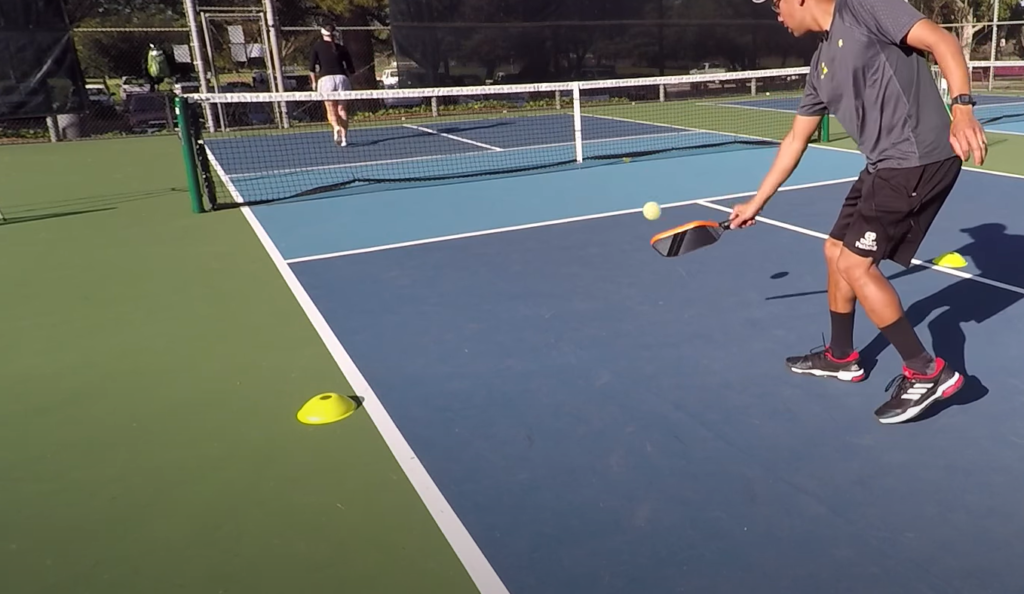
The key to executing a successful pickleball drop shot is proper technique and timing.
This will create backspin on the ball, causing it to drop quickly after clearing the net. As for timing, it is all about catching your opponents off guard and choosing the right moment to use the shot. It can be effective when used after a series of powerful shots or as a counter to your opponent’s drop shot.It is also important to note that the pickleball drop shot is not always the best option. If your opponents are already close to the net, it may be better to use a lob or passing shot instead. It is crucial to assess the situation and choose the most appropriate shot for each point.
In addition to its technical aspects, the pickleball drop shot also requires mental strength and confidence. It takes practice to master this shot, but once you are able to execute it effectively, it can give you a great advantage on the court. It is important to remain calm and focused while attempting this shot, as any hesitation or nervousness can lead to mistakes [1].
When To Use a Drop Shot
When it comes to playing tennis, there are many different shots that can be utilized depending on the situation. The drop shot is one of those shots that is often overlooked but can be highly effective in certain situations.
The basic concept of a drop shot is to hit the ball with minimal force, causing it to barely clear the net and land softly in front of your opponent. This shot can be used as an offensive strategy or a defensive tactic, depending on the situation at hand.
Offensive Strategy
One of the main reasons to use a drop shot is to catch your opponent off guard and move them out of position. This can throw off their rhythm and give you the upper hand in the point.
Another situation where a drop shot can be effective is when your opponent is recovering from a wide ball or has been running for several shots in a row. A well-placed drop shot can force them to quickly change direction and make it difficult for them to track down the ball, giving you an advantage in the point.
Defensive Tactic
On the other hand, a drop shot can also be used as a defensive tactic. If you find yourself on the defensive and your opponent is hitting powerful shots deep into the court, a drop shot can give you some breathing room. By slowing down the pace of the game with a drop shot, you can give yourself time to recover and get back into a more neutral position on the court.
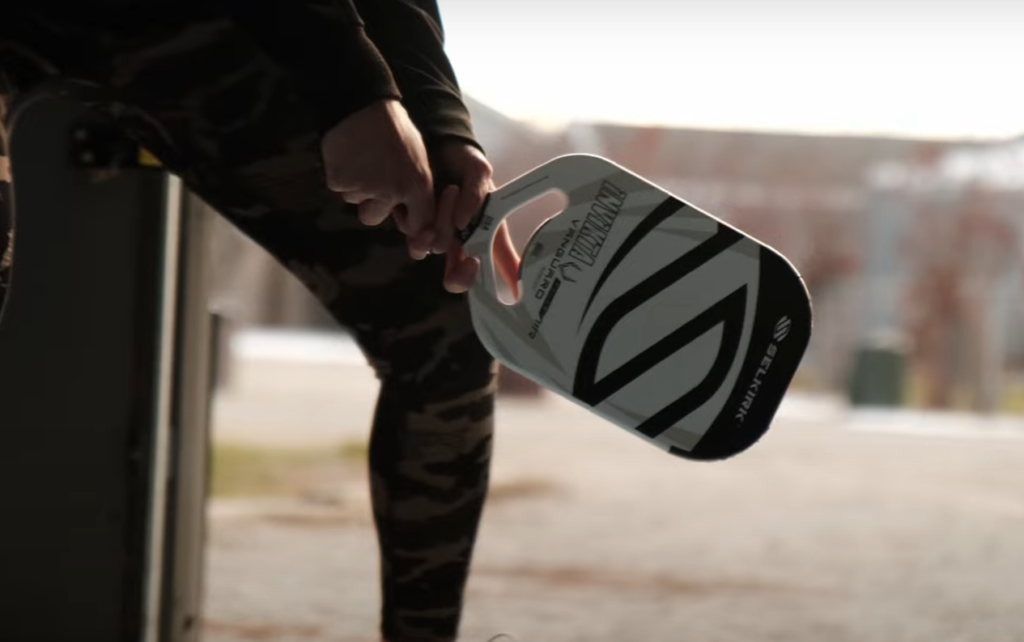
A drop shot can also be effective when your opponent is at the net. By hitting a low, soft ball over the net, you force them to move forward and potentially make a difficult volley. This can give you an opportunity to set up a passing shot or even win the point outright.
When Not To Use a Drop Shot
While the drop shot can be effective in certain situations, it’s important to know when not to use it. One situation where a drop shot may not be the best choice is when your opponent is already close to the net and has good hands. In this case, they may easily be able to anticipate and handle a drop shot, giving them an easy put away.
It’s also important to consider the court surface when deciding whether or not to use a drop shot. On faster surfaces like grass or hard courts, the ball may skid and bounce more quickly, making it easier for your opponent to reach and return a drop shot. On slower surfaces like clay, however, the ball may bounce higher and slower, giving you more time to set up a drop shot that your opponent may have difficulty reaching.
How To Do A Drop Shot In Pickleball?
Your Body Position When Setting Up the Drop Shot
When setting up for a drop shot in pickleball, your body position is key to executing the shot successfully. Here are some tips for getting into the right position:
- Start with your feet shoulder-width apart, facing towards the net.
- Bend your knees slightly and keep your weight evenly distributed on both feet.
- Keep your paddle out in front of you at waist height, with a slightly open angle.
- Keep your non-dominant hand on the paddle handle for stability.
- Lean slightly forward towards the net, but not too much as you want to maintain balance.
- Your Grip and Arm Position When Executing a Forehand Drop Shot
When executing a forehand drop shot, your grip and arm position play a crucial role in the success of the shot.
Here’s what you should keep in mind:
- Use a continental grip, which is achieved by holding the paddle with your thumb on the bottom and fingers wrapped around the top.
- Keep your wrist firm and use your forearm to generate power.
- As you swing, bring your arm back towards your body and then forward in a smooth motion.
- Make sure to keep the paddle angle slightly open to create spin on the ball.
Your Grip and Arm Position When Executing a Backhand Drop Shot
For a backhand drop shot, the grip and arm position will be slightly different from a forehand. Here are some tips:
- Start with your non-dominant hand on the paddle handle and your dominant hand higher up on the paddle.
- Use a continental or eastern backhand grip, depending on personal preference.
- Keep your wrist firm and use your forearm to generate power.
- As you swing, bring your arm across your body in a smooth motion.
Using Your Legs and Body Rotation
To add even more power and control to your drop shot, you can incorporate your legs and body rotation. Here’s how:
- As you swing, push off with your back foot to transfer your weight forward.
- Engage your core muscles and rotate your body slightly towards the net.
- This will not only add power to your shot but also help with accuracy and control.
Taking Split Steps When Preparing For a Drop Shot
Lastly, it’s crucial to take split steps when preparing for a drop shot to anticipate and respond effectively to any shot from your opponent. Here’s what you should do:
- Take small, quick steps while staying light on your feet, maintaining a strong athletic stance.
- This will allow you to swiftly change directions and adjust your body position, ensuring you are in the optimal position to return the shot.
- Be mindful of your balance and control, staying centered and ready to react to any unexpected moves from your opponent.
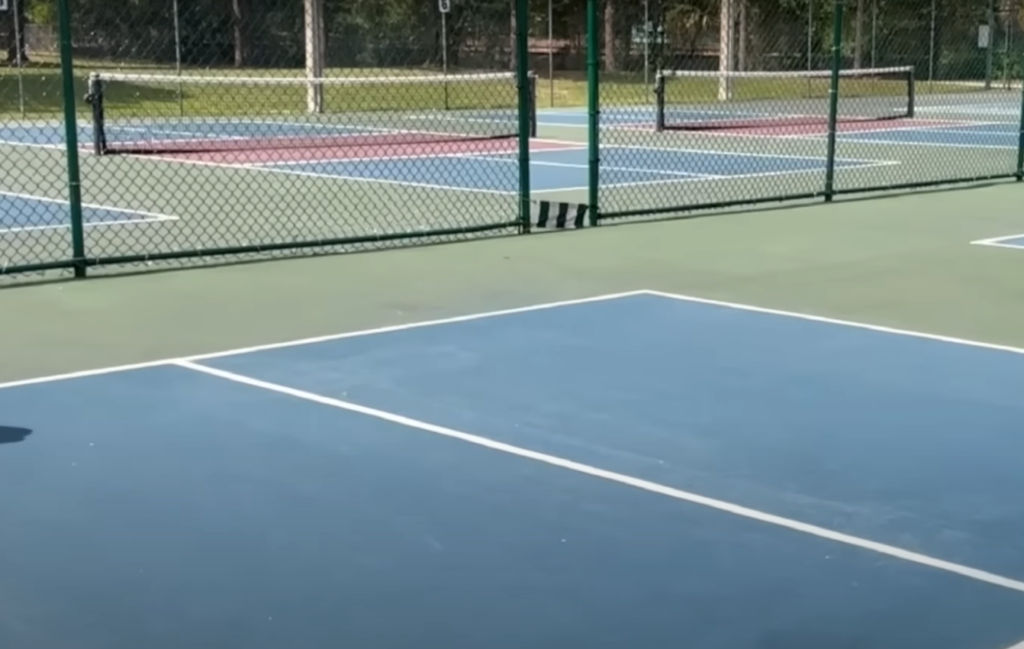
By incorporating these details into your split step technique, you’ll enhance your agility and responsiveness on the court [2].
How to Master The Third Shot Drop
Drop Drill – Key Points To Remember
When practicing your third shot drop, there are a few key points that you should focus on in order to master this important shot. These include:
- Use a continental grip: In pickleball, the continental grip is the most versatile and commonly used grip. It allows for better control and feel of the ball, making it ideal for executing a third shot drop.
- Keep your wrist firm: Unlike other shots in pickleball, the third shot drop requires a firmer wrist to achieve better accuracy and control. Make sure to keep your wrist firm while executing this shot.
- Use your entire body: The power for the third shot drop comes from using your entire body, not just your arm. Engage your legs and core muscles to generate power for a more effective shot.
- Aim for the kitchen line: The goal of the third shot drop is to land the ball in the “kitchen” or non-volley zone on your opponent’s side of the court. Aim for this area and try to keep your shots low to make it harder for your opponent to hit an aggressive return.
- Practice, practice, practice: Like any other skill in pickleball, the third shot drop takes practice to master. Make sure to dedicate time to practicing this shot and focus on improving your technique.
Variations of the Third Shot Drop
While the basic third shot drop is an essential skill to have in pickleball, there are also variations that you can incorporate into your game to keep your opponent guessing. Some popular variations include:
- Topspin third shot drop: Instead of hitting the ball with a flat paddle face, add some topspin to create a more challenging shot for your opponent to return.
- Backhand third shot drop: While the traditional third shot drop is usually hit with a forehand, practicing and perfecting a backhand third shot drop can give you more options and make your game more versatile.
- Dinking third shot drop: This variation involves hitting a softer, shorter third shot drop that lands closer to the net. It requires precise control and is ideal for setting up a dink rally with your opponent.
Backhand Drop Shot Drill
If you want to work specifically on your backhand third shot drop, try this drill:
- Stand at the baseline on one side of the court.
- Have a partner stand at the kitchen line on the other side of the court.
- Your partner will toss a ball high and to your backhand side.
- You must hit a backhand third shot drop that lands in the kitchen on your partner’s side.
- Repeat for a set number of times or until you feel comfortable with the shot.
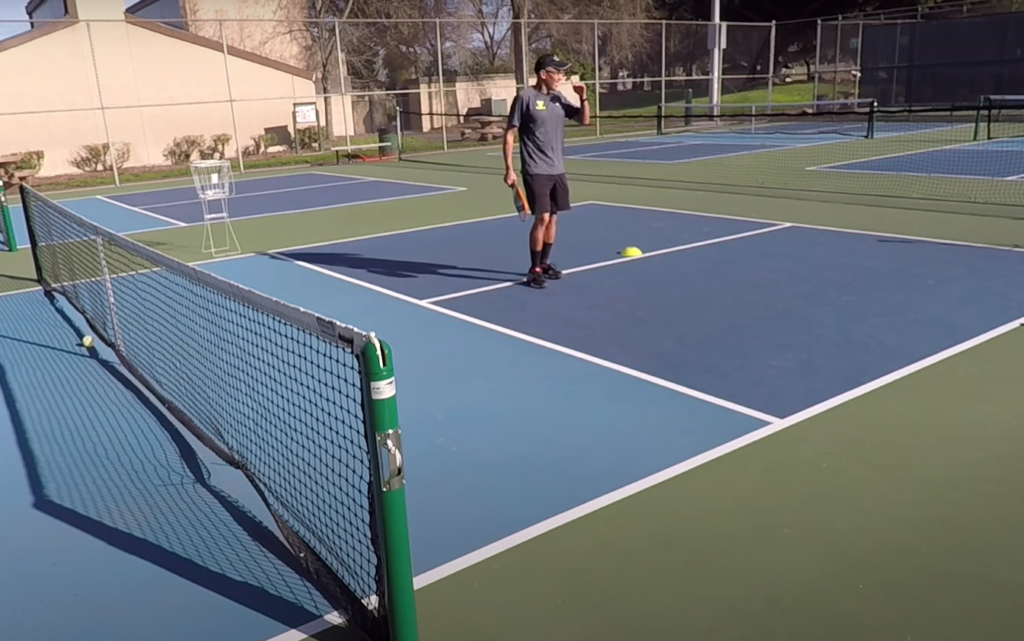
This drill will help you develop muscle memory and improve your accuracy on backhand third shot drops.
FAQ
What is a soft drop shot in pickleball called?
In the game of pickleball, a soft drop shot is often referred to as a “dink” or a “kitchen shot.” This type of shot requires finesse and precision as players delicately tap the ball over the net, strategically aiming for the non-volley zone, also known as the kitchen.
By executing well-placed dinks, players can gain a significant advantage and control the flow of the game.Can a dink be considered a legal shot in pickleball?
Yes, a dink is a completely legal shot in pickleball as long as it is executed correctly. According to the official rules of pickleball, the ball must make contact with your paddle above your waist and below your shoulders for it to be considered a legal shot. Additionally, you cannot hit the ball in an upward motion, as this would be considered a volley and is not allowed in the non-volley zone. As long as these guidelines are followed, dinking can be a highly effective and legal shot in pickleball.
How do you practice pickleball drop shot?
There are a few different ways to practice the pickleball drop shot, and it’s important to incorporate a variety of drills to improve your skills. One way is to use a target or obstacle, such as a cone or water bottle, and aim for it with your dinks.
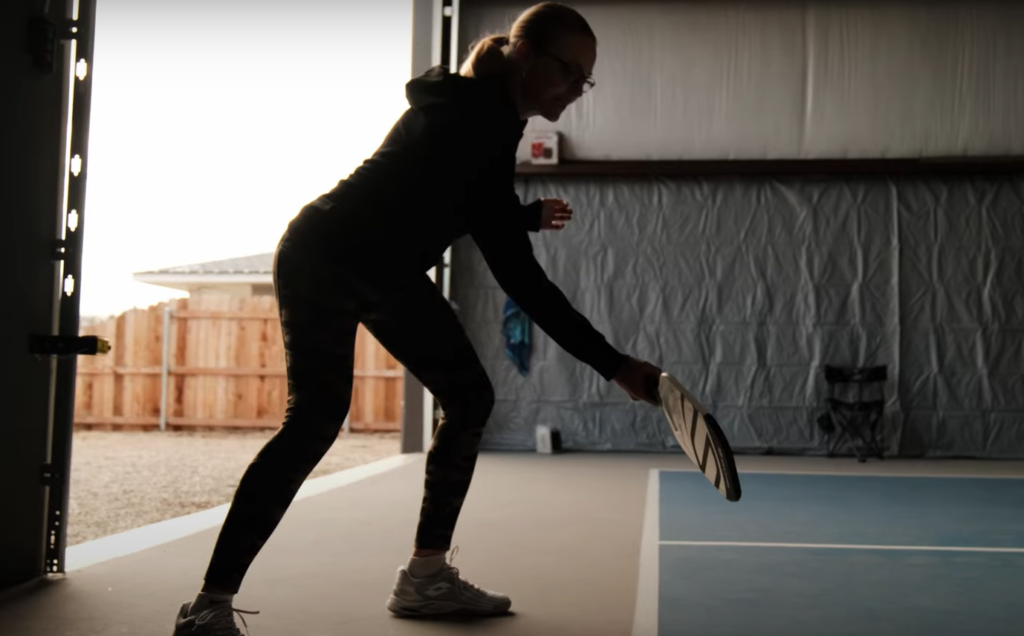
This will help you work on accuracy and consistency. Another way is to practice with a partner, taking turns hitting dinks to each other and trying to keep the ball low and close to the net. You can also incorporate dinking into game scenarios by playing short-court games or incorporating it into drills with other shots. Consistent practice is key to improving your pickleball drop shot.
What are some tips for executing a successful dink in pickleball?
As previously mentioned, precision and finesse are crucial when it comes to executing a successful dink in pickleball. Here are some additional tips that can help improve your dinking skills:
- Keep your paddle face open and angle it downward to create spin on the ball.
- Use your wrist instead of your arm to control the direction and speed of the shot.
- Stay low and use your legs to generate power and control.
- Aim for the corners of the non-volley zone to make it more difficult for your opponent to return.
- Mix up your shots by occasionally adding a bit more power or depth to keep your opponents guessing.
By incorporating these tips into your dinking technique, you can become a master at this strategic and effective shot in pickleball. So keep practicing and always strive to improve your skills on the court! Happy dinking! See you on the pickleball court!
How do you return a drop shot in pickleball?
Returning a drop shot in pickleball requires quick reflexes and good footwork. Here are some tips to help you successfully return a dink from your opponent:
- Stay light on your feet and be ready to move quickly towards the net.
- Use small, controlled steps to approach the ball and try to meet it at the highest point possible.
- Keep your paddle face open and angle it downward to create spin on the ball.
- Use your wrist and legs to control the direction and speed of your return shot.
- Aim for the corners of the opponent’s court to make it more difficult for them to return.
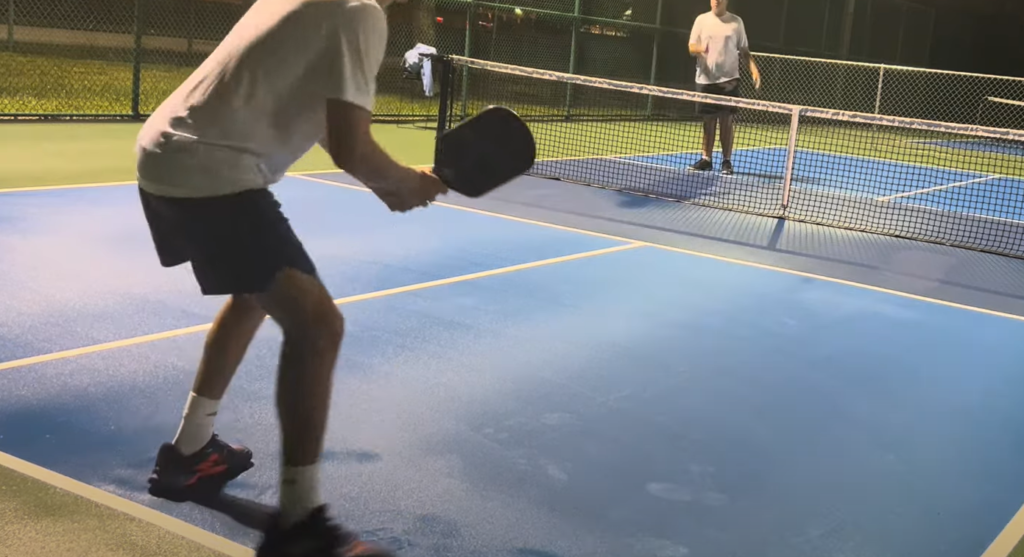
Remember, timing is everything when returning a drop shot in pickleball. With practice and by incorporating these tips into your game, you can become a skilled and strategic returner of dinks. So get out there, practice, and have fun on the pickleball court! Happy playing! Let’s dink it up!
What is the purpose of the drop shot in a game?
The purpose of the drop shot in pickleball is to strategically slow down the pace of the game and force your opponents to move closer to the net. This creates opportunities for strategic plays and challenges their positioning skills. By utilizing well-placed dinks, players can gain a significant advantage and control the flow of the game. The drop shot is also an effective way to mix up your shots and keep your opponents guessing, making it an essential tool in a player’s arsenal.
Useful Video: 3 Steps To Hit A PERFECT Drop Shot
Conclusion Paragraph
So, drop shots in pickleball are a very important aspect of the game and should be a part of any player’s repertoire. They can be used both offensively and defensively, giving players more options on the court. By perfecting your drop shot technique and incorporating it into your game, you will become a more well-rounded pickleball player.
In addition to mastering the technique, understanding strategic placement and decision making when it comes to drop shots is key. Knowing when and where to use a drop shot can give you an advantage over your opponents and help you win more points. Furthermore, constantly practicing and refining your drop shot skills will not only improve your game, but also make you a more versatile player. As with any skill in pickleball, the more you practice, the better you will become.
References:
- https://primetimepickleball.com/what-is-a-drop-shot-in-pickleball/
- https://www.pickleballuniversity.com/home/the-best-drill-to-improve-your-drop-shotnbspin-pickleball


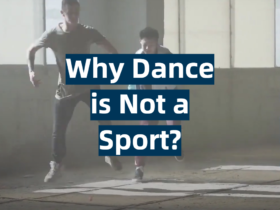


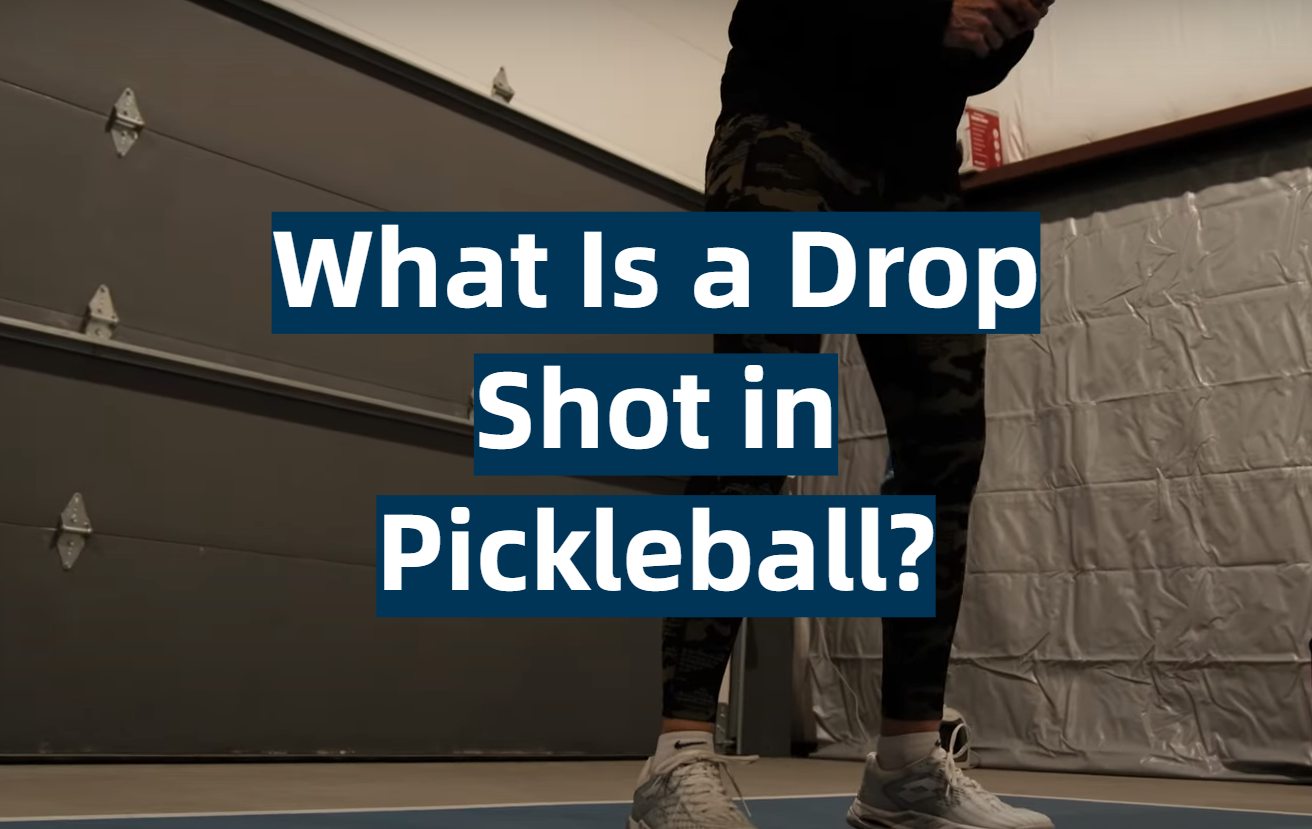
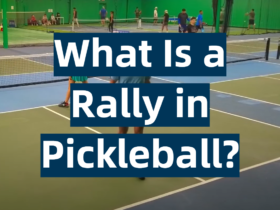
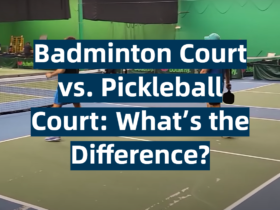
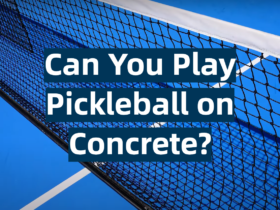
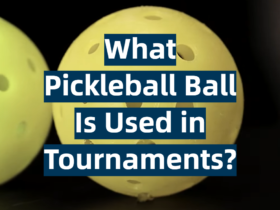
Leave a Review